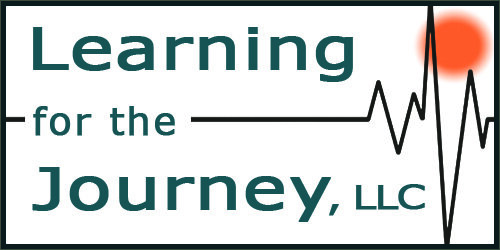Design Thinking for Our Professional & Personal Lives
Organizational change efforts often fail or at least cost more money, take more time, and "break more glass" than leaders and managers expect. While there are many contributing factors to these negative outcomes, in my view, there are two that dominate but are often overlooked. These are:
Human-Centered. We fail to recognize that all organizational change is inherently a human process. Yes, the desired change may be structural, procedural, technological, or related to a product or service. However, at the heart of every desired change and change process are human beings. To create genuine, sustainable change requires that we integrate a human focus into the process - from inception to implementation and beyond.
Conscious and Unconscious. Most change and program/project management models are inherently "left-brained" Executive (System 2) and attempt to break up complex processes into small, sequential steps which we can label, talk about, track and report upon. These systems are essential but not sufficient for real change because they don't tap into our "right-brain" (System 1) subconscious. It is this nonverbal subconscious part of our brain which is the seat of our beliefs, emotions, habits, values, intuition, and imagination. The is also the part of our brain which is on 24/7 alert for threats both social and physical. 90% of our thinking is subconscious.
Any change effort which is not human-centered and whole-brained is almost guaranteed not to create lasting, positive change. Fortunately, these essential elements can be integrated into change efforts by integrating the principles of Design Thinking. The attached presentation given to the Leadership of Greater Huntsville Management Academy provides a high-level overview and case study based on the wonderful work of the Hasso Plattner Institute of Design at Stanford (i.e., the d.school) and IDEO. Their "cheat sheets" on Design Thinking may be found at:
https://web.stanford.edu/~mshanks/MichaelShanks/files/509554.pdf
https://www.ideou.com/blogs/ inspiration/what-is-design-thinking

